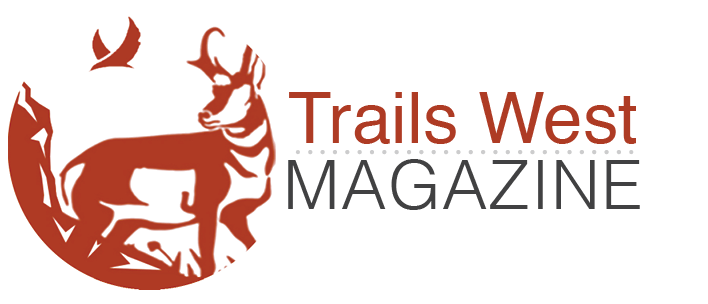Analog Photography
Long Draw Productions is expanding Trails West Magazine and we're doing it in analog style.
 Trails West Magazine Analog Photography Project
Trails West Magazine Analog Photography Project
Since 2020, we’ve used digital cameras of various makes and models to bring stories to life in our publications, but no more. In an unprecedented move inside the publishing industry, Long Draw Productions is moving away from digital imagery and re-embracing analog film to produce images for our publications. We take great pride in our stories and how they’re told. Our goal has always been to make the most of any subject we tackle, seeking to relay as much accurate information as possible in everything we do, including our images which we take seriously. We’ve used digital cameras in the past due to their cost-effectiveness- well, so we thought.
After purchasing a digital camera, which is expensive, making images, and importing the images to a storage device backed up to a cloud service, we then had to edit the pictures. After spending hours working to recover a natural scene on hundreds of images, we realized we were working longer and harder on something that was supposed to be quick and easy, as camera manufacturers would have you believe.
Regardless of the plugin, program, effects, and unneeded expense, digital images have never rendered the results, and aesthetic we sought.
Despite the make, model, and cost of a digital camera, the images always seemed to be too sharp; inflexible, with a touch of faker leaning towards a falsehood that we’re not seeking despite efforts to make an image more natural and realistic to what the photographer saw with his, or her, own eyes.
After two years of this stupidity, and to avoid any further episodes of wastefulness by spending money on digital cameras, the accessories, and programs needed to render them, plus the endless hours of editing, we’re switching back to the use of film and film cameras. There are several reasons for this move to analog. The first is that film is perfect. The film renders colors and skin tones more naturally than any digital sensor, so serious movie directors never stopped shooting motion pictures with film.
Depending on the selection, or brand, of film used, it documents a scene as it was, not how a digital sensor, the engineer that built it, or the software engineer that programmed it thinks it should look. Kodak Portra 400 is a good example of natural colors in celluloid and is a product used most often by professional photographers, including us. Kodak Ektachrome 100 positive film is another product that we trust and love. Compare Star Wars Episode IV – A New Hope (shot in film) against Star Wars: Episode I – The Phantom Menace (shot in digital). All you have to do is look at these movies to understand the differences and which is better.
Another reason is that we want to tell a story with depth. Our goal has always been to produce the most natural, accurate, and truthful scene we can provide and avoid the scenario in which our work is called into question as being fake, manipulated, or a digital graphic rather than a photograph.
As far as we know, Long Draw Productions is the only multimedia and publishing company that has ever moved back to analog for its documentation of stories. We’re taking a great deal of pride in that decision.
The majority of images on our publication websites were documented with digital cameras. Those images will remain on the websites and in our print publications. We have no interest in replacing them with analog photography, though we wish we could.
All images arriving in any new stories beginning Oct 31, 2022, with be documented using film photography. We know and understand that our decision to utilize analog photography will have little effect on you as a reader and supporter of Trails West Magazine.
It’s our mission to deliver as much factual information as possible in our work, and we want you to know the limits we’ll go to deliver it. So, if an image looks a little ‘different’ when reading our stories, you’ll know, you can trust, that what you’re looking at and enjoying is an actual photograph and not a digital representation of what the scene looked like when the image was made.
Thank you for being so supportive.




